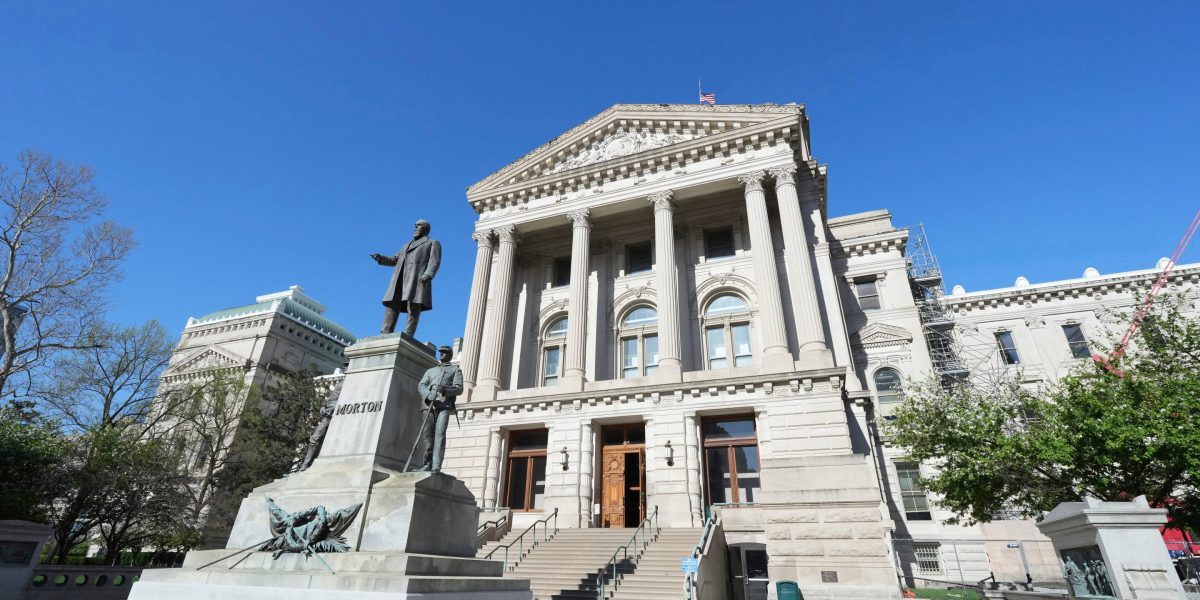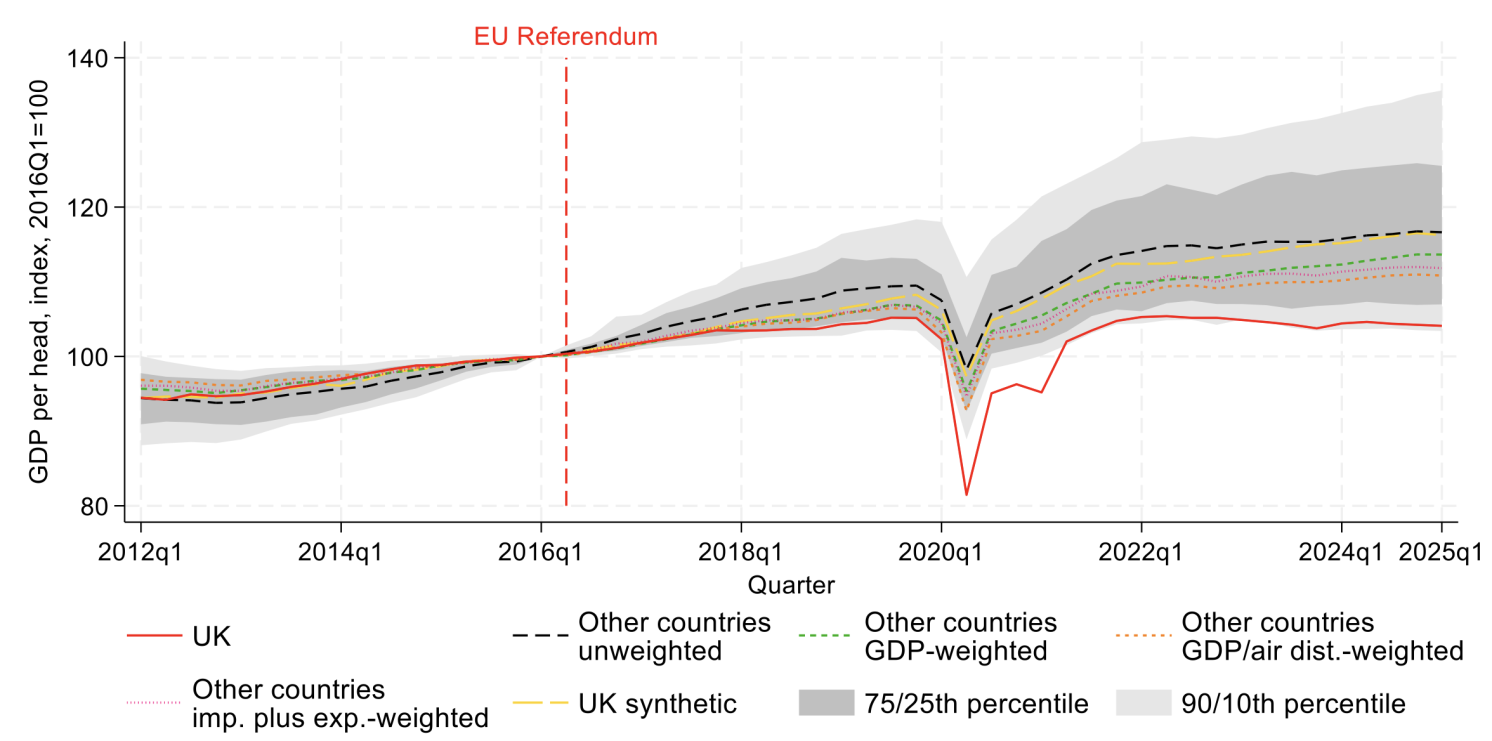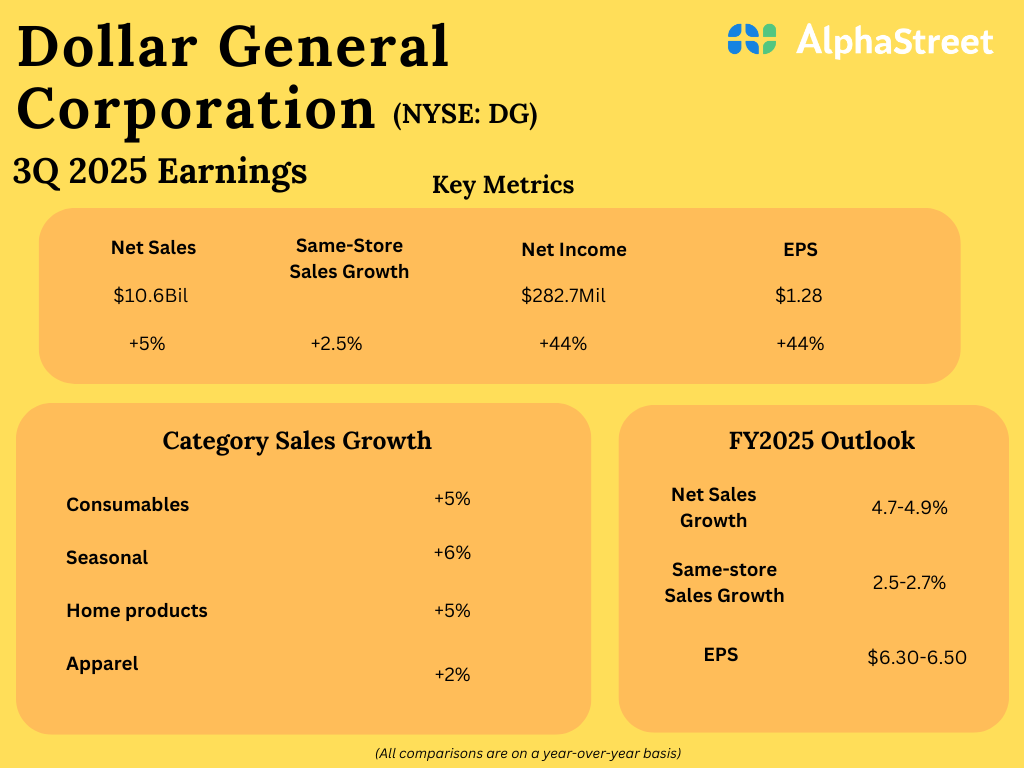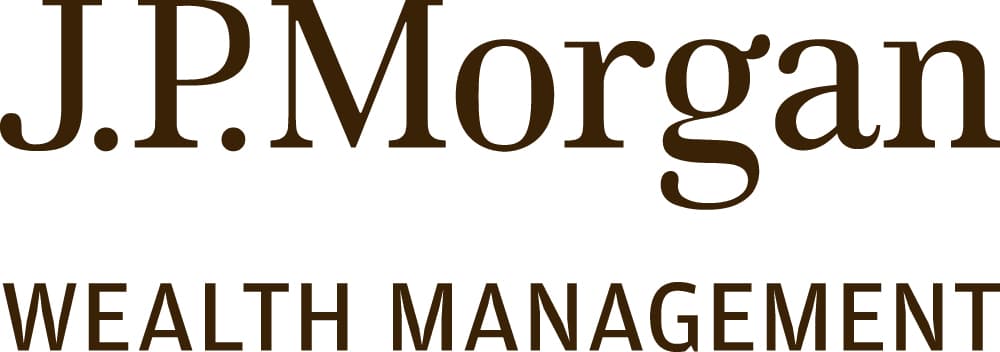A factor rate represents the cost of a small-business loan and is expressed as a decimal, unlike interest rates, which are shown as percentages. Factor rates are commonly used to quote the price of merchant cash advances and short-term loans from online lenders.
Here’s an overview of factor rates and how to calculate them to understand the cost of your business financing.
with Fundera by NerdWallet
How do factor rates work?
Factor rates — which typically range from 1.1 to 1.5 — are multiplied by your loan amount to calculate the total amount you’ll need to pay back to the lender. A factor rate applies to only the original loan or advance amount, whereas an interest rate continues to apply to your remaining balance even as you make payments.
Factor rates are also fixed — they’re set when you receive your financing and don’t change as you pay off your debt (unlike variable interest rates).
Factor rates vs. interest rates
|
Expressed as decimals (1.2, 1.5). |
Expressed as percentages (10%, 25%). |
|
Apply to only the original funding amount. |
Apply to the remaining balance and compound during repayment. |
|
Fixed and don’t change during repayment. |
Can be fixed or variable. |
|
Typically used for alternative business funding, such as merchant cash advances and short-term loans. |
Used for a variety of business and personal financing, including business loans, lines of credit, equipment financing and more. |
How to calculate a factor rate
You can use your factor rate to calculate the total amount of financing you’ll owe to the lender as well as the total cost of your loan or advance.
To calculate the total amount owed, you’ll multiply the funding amount by the factor rate:
Funding amount x factor rate = Total amount owed.
For example, say you receive an advance of $50,000 with a factor rate of 1.4 that you anticipate repaying over six months. Your total repayment amount would be $70,000 ($50,000 x 1.4).
To calculate the total cost of your financing, subtract the original advance amount from the total repayment amount: $70,000 – $50,000 = $20,000. In this example, you’ll be paying $20,000 in fees.
How to convert a factor rate
To better understand the cost of a loan or merchant cash advance that is quoted with a factor rate, you should always convert the factor rate into an annual percentage rate, or APR. The APR will include additional fees and take the repayment term of the loan into consideration.
Using the same $50,000 advance example, you can follow the step below to convert a factor rate into an annualized interest rate.
|
1. Calculate the total amount owed. |
Funding amount x factor rate = Total amount owed. |
|
|
2. Calculate the total cost of the financing. |
Total amount owed – funding amount = Cost of financing. |
$70,000 – $50,000 = $20,000. |
|
3. Calculate the percentage cost. |
Cost of financing/funding amount = Percentage cost. |
|
|
4. Calculate the annual interest rate. |
|
|
|
Annualized interest rate: 0.802 or 80.2% |
Although this isn’t a true APR calculation — no additional fees are included — it can help you better understand the cost of one of these products and how expensive they can be. Merchant cash advances in particular can be one of the most expensive types of business financing, with APRs reaching as high as 350%.
Converting a factor rate into an APR will also make it easier for you to compare these products with other business loan options.
How lenders determine your factor rate
Factor rates are often used for short-term, alternative loans and MCAs. These types of business financing are usually fast to fund and easy to qualify for but have high rates and frequent repayments.
The better your qualifications, however, the better factor rate you can receive. Here are some of the criteria lenders use to set your factor rate:
-
Industry. Some industries are perceived as risky, which could lead to a higher factor rate. A lender might see a seasonal business as a liability, for example, predicting it won’t have stable cash flow in the off-season.
-
Years in business. The longer you’ve been operating, the more experience and reliability you have as a business owner. This generally means you’ll get a lower factor rate.
-
Personal credit history. A strong credit score shows your ability to manage your personal finances and pay off debts. The better your credit score, the better the factor rate you’ll receive.
-
Business financials. If you can show a lender stable cash flow, continued growth and money in your business bank account, you’ll help prove that you can afford to take on debt and will be able to repay what you borrow. When you have strong finances, you can access more competitive factor rates.
-
Debit and credit card sales. These sales are particularly important for merchant cash advance companies because MCAs are repaid as a percentage of those sales. Your current and past sales will illustrate your ability to repay your advance; higher sales should help you get a lower rate.
Find the right business loan
The best business loan is generally the one with the lowest rates and most ideal terms. But other factors — like time to fund and your business’s qualifications — can help determine which option you should choose. NerdWallet recommends comparing small-business loans to find the right fit for your business.





































